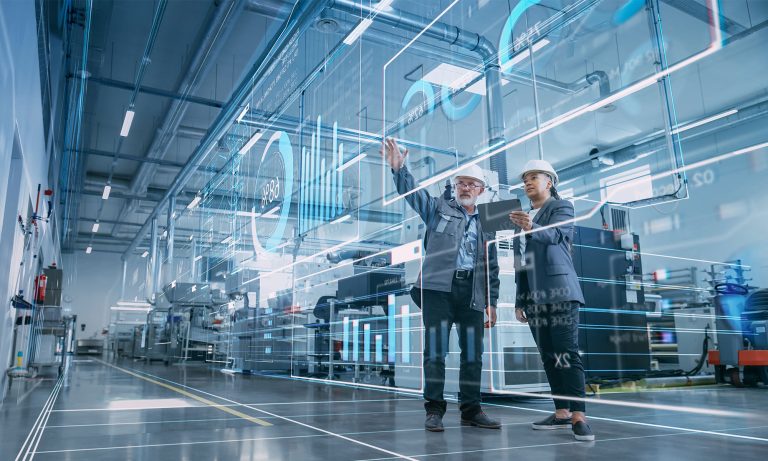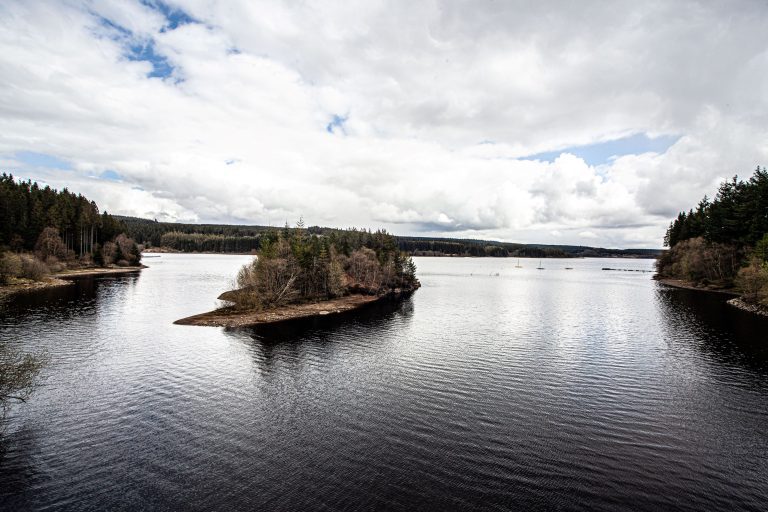GMI Construction Group is partnering with spatial computing and AI provider SimplyVideo, Leeds Beckett University, and software developer Anglestack as part of a £1m Innovate UK initiative to create an interactive digital platform to access key elements of the complex legislation contained within the new Building Safety Act. The incorporation of artificial intelligence into the platform ensures relevant safety regulations can be matched directly to specific types and stages of construction projects – ensuring consistent and efficient compliance by all parties involved while at the same time reducing the risk of oversight. Central to the initiative is the support of the “Golden Thread” concept, which provides a clear and complete record-keeping system which meticulously tracks all aspects of a building’s design, construction, and maintenance throughout its entire lifecycle, ensuring transparency and accountability. GMI Construction Group is investing in this project, highlighting its commitment to innovation and safety in the construction sector. Once fully assessed, this solution has the potential to be rolled out industry-wide, revolutionising the way safety compliance is accessed and managed. The project is also funded by Innovate UK, part of UK Research and Innovation (UKRI), the UK’s innovation agency, which drives productivity and economic growth by supporting businesses to develop and realise the potential of new ideas. The platform will be accessible through a web app, mobile app, and smart glasses for site workers, as well as virtual reality (VR) Meta headsets via Microsoft’s immersive Mesh environment, enabling users to immerse themselves within a digital representation of the construction project. This VR Microsoft Mesh experience will include access to AI providing regulation information, Golden Thread information, and critical safety information, further enhancing understanding and engagement. Covering a wide spectrum of development and construction, including residential, office spaces, major manufacturing and logistics hubs, care homes, and hospitals, the resource could have a profound impact across the construction industry. The Building Safety Act 2022 introduced significant changes to the building control process, focusing on higher-risk structures and enhancing the competence of those overseeing, managing, and executing construction projects. Thomas West, Group Services Director at GMI Construction Group, said: “This collaboration is a game-changer for the business and builds upon the wider digital transformation that has taken place in GMI over recent years. By integrating AI with cutting-edge software solutions, we can provide our employees with immediate access to crucial regulatory information. This will not only streamline the compliance processes but also bring clarity, enhancing understanding and engagement for all those involved.” Alex Deighton, CEO of Leeds-based SimplyVideo, which is involved in the development of AI, smart glasses and VR using Microsoft Mesh, said: “We are combining both AI and spatial computing cutting edge technologies in a truly exciting way, to aid the construction industry in being compliant with the new BSA Regulation. Using AI to search both BSA regulation and Golden Thread information will save hours for construction professionals. Being able to access the AI and information in Smart Glasses and VR will be a gamechanger.” Dr Jamiu A Dauda, a Chartered Building Engineer and Senior Lecturer at Leeds Beckett University, said “The proposed i-GBSM platform will be groundbreaking, representing a pivotal advancement in supporting building safety compliance. By harnessing state-of-the-art technology, we’re empowering stakeholders to navigate complex regulations more effectively, facilitating the comprehensive realisation of the Golden Thread’s advantages across various infrastructure and building.” Omolola Arawomo, Director of Anglestack, said: “At Anglestack, our focus has always been on leveraging advanced software solutions to address the most pressing challenges in the construction industry and beyond. This project represents a significant leap towards ensuring that compliance with the Building Safety Act is not just a regulatory obligation but a streamlined, and intuitive process. By integrating this software with AI-driven insights, we are helping to create a platform that will transform how safety information is accessed, understood, and applied across the entire lifecycle of a building project.” Building, Design & Construction Magazine | The Choice of Industry Professionals













